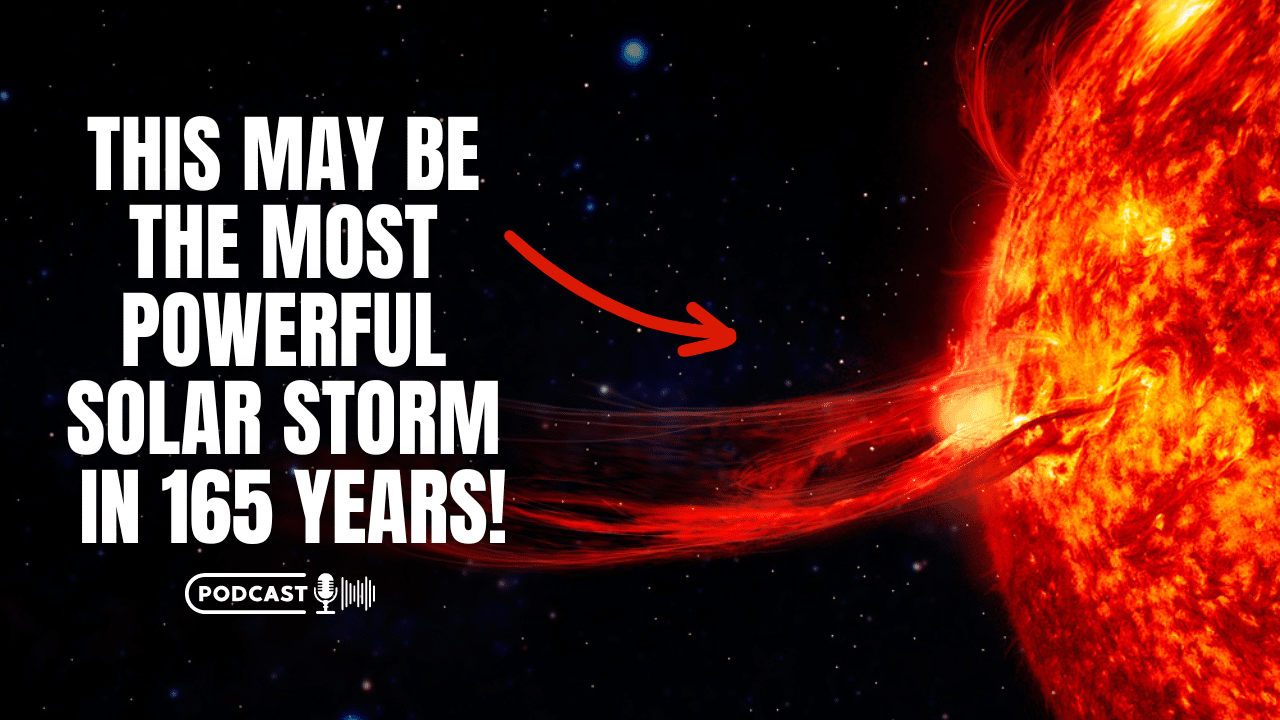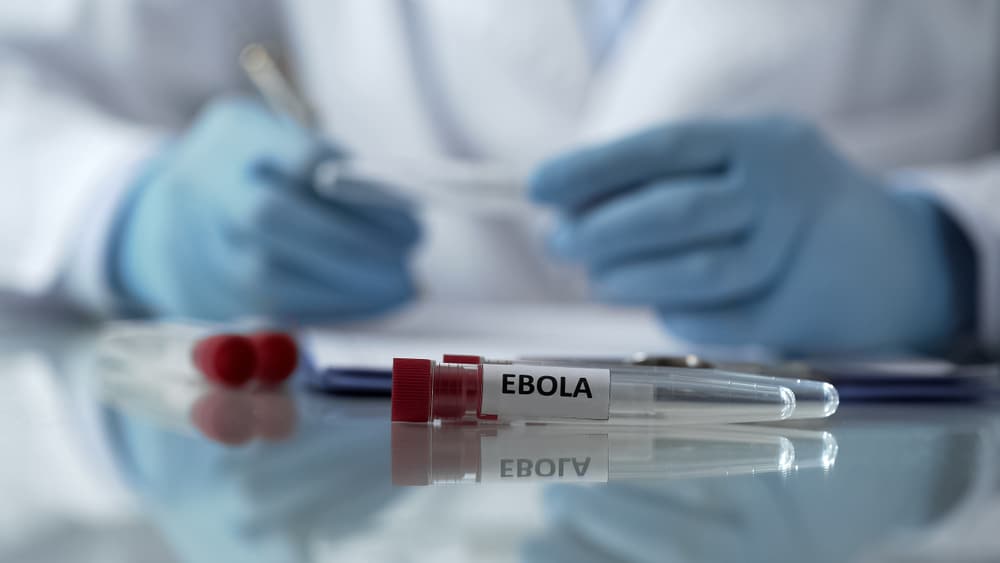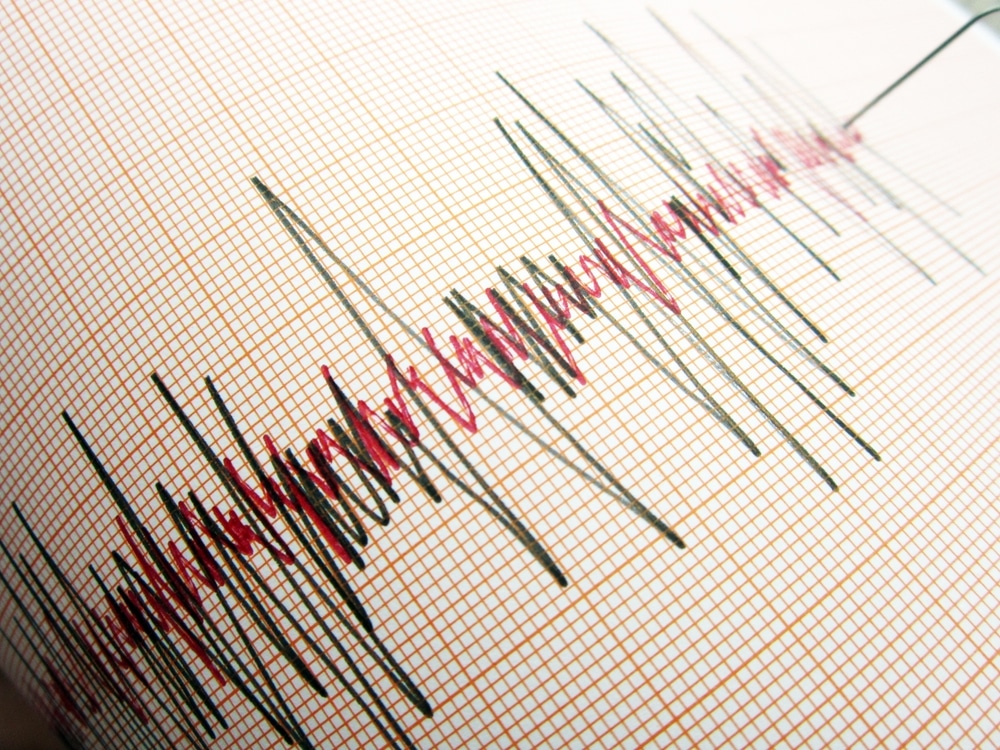In a rare astronomical event, August 2023 will offer stargazers the opportunity to see two supermoons, coupled with the appearance of an elusive blue moon. A supermoon takes place when a full moon’s orbit brings it closest to our planet.
As NASA explains, the moon’s orbit around the Earth isn’t perfectly circular but rather shaped like an elongated oval, or an ellipse. This causes the moon to oscillate between closer and farther distances from our home planet as it completes its orbital cycle.
The furthest point the moon travels from Earth is referred to as the apogee, where the moon sits an average distance of 253,000 miles away. Conversely, the point where the moon is closest to the Earth is known as the perigee, where the moon is roughly 226,000 miles from Earth.
It’s at the perigee stage that a supermoon occurs when the full moon aligns with the moon’s closest approach to Earth. When observed from the Earth, supermoons tend to appear larger and brighter than a regular full moon, although the difference is slight.
This year’s supermoon cycle is particularly special because the four occurrences are happening consecutively. The first of this year’s supermoons appeared on July 3, and the final supermoon of this series will occur on September 29.
The term blue moon does not refer to the moon’s color but rather to its frequency. A blue moon is the name given to the second full moon that occurs within a single calendar month.
Because a full moon generally appears every 29 days, and as most months are longer than this, comprising 30 or 31 days, it’s possible for two full moons to fall within the same month on occasion.
Blue moons are infrequent events that usually take place approximately every two and a half years. The most recent blue moon was visible on August 22, 2021.
This year, the month of August is set to play host to two full moons. Excitingly, both of these are also supermoons, according to the Old Farmer’s Almanac.


















